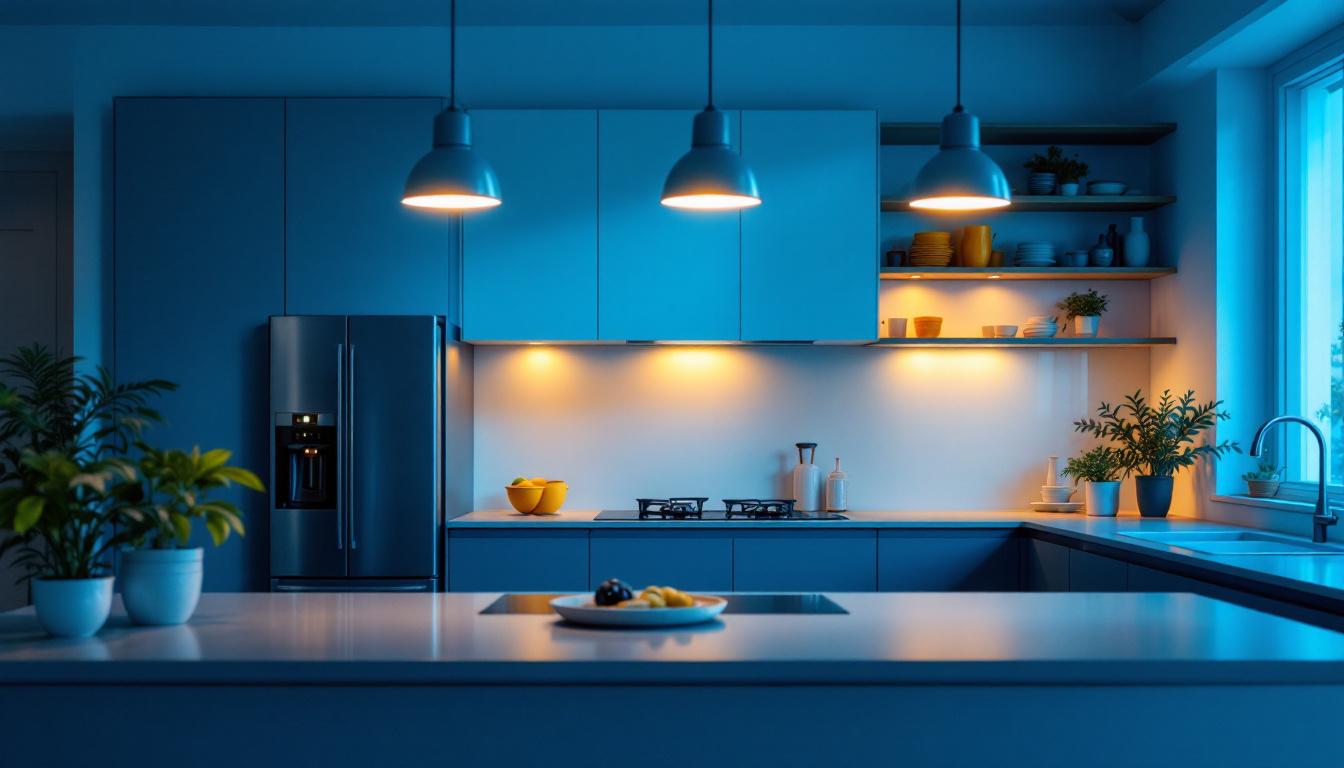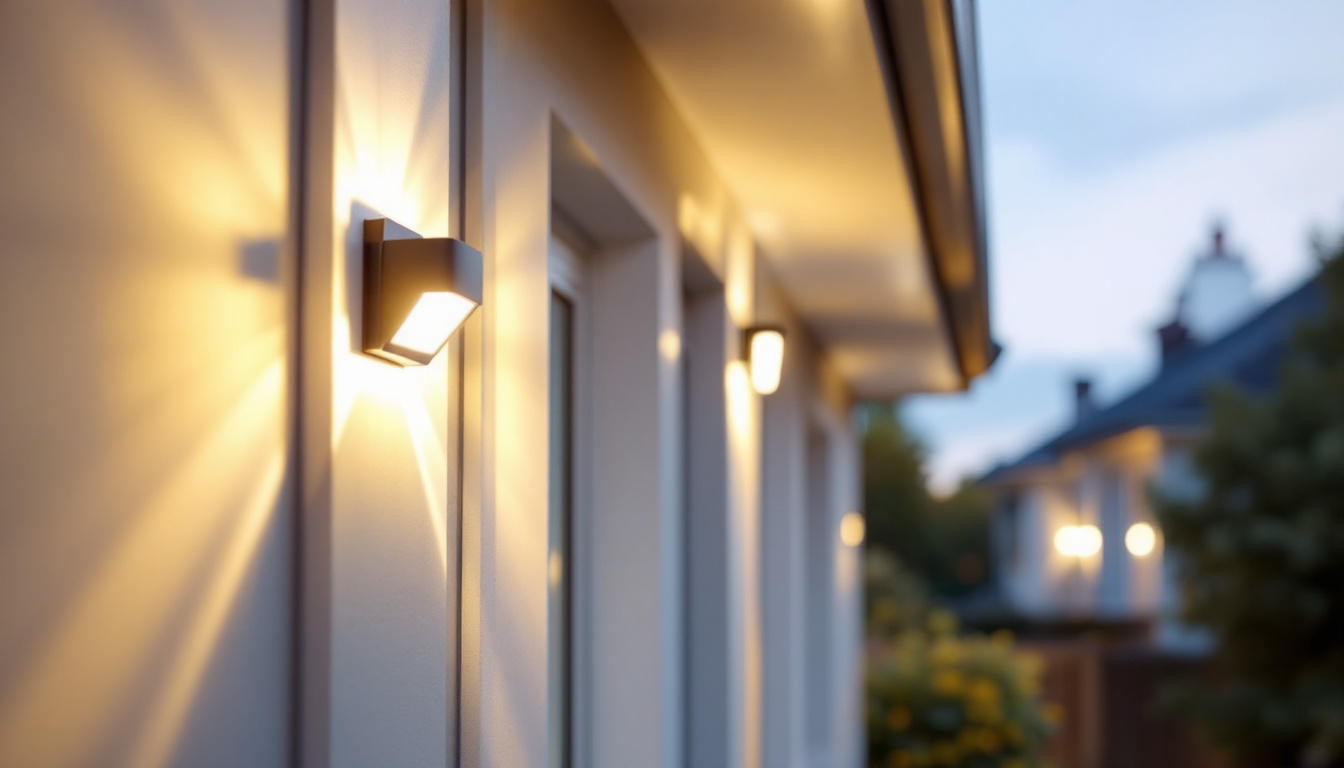
As the demand for quality lighting solutions continues to grow, lighting contractors play a crucial role in transforming spaces through effective illumination. Whether working on residential projects or commercial installations, understanding the nuances of lighting design and technology is essential. This article aims to provide valuable insights and tips for lighting contractors, helping them master their craft and deliver exceptional results.
Lighting is not just about visibility; it significantly influences the mood, functionality, and aesthetics of a space. Proper lighting can enhance the beauty of architectural features, create a welcoming atmosphere, and improve safety. For contractors, understanding the psychological and practical impacts of lighting is vital in meeting client expectations.
Moreover, different environments require different lighting solutions. For instance, a cozy restaurant may benefit from warm, dim lighting to create an intimate atmosphere, while a retail store might need bright, focused lighting to highlight merchandise. Recognizing these distinctions allows contractors to tailor their approach to each project. Additionally, the color temperature of lighting can evoke various emotions; warmer tones can promote relaxation, while cooler tones can stimulate alertness. This nuanced understanding of lighting’s emotional impact can help contractors create spaces that resonate with their intended purpose.
Lighting can be broadly categorized into three types: ambient, task, and accent lighting. Ambient lighting serves as the primary source of illumination, providing overall brightness to a space. Task lighting, on the other hand, is designed to illuminate specific areas for activities such as reading or cooking. Finally, accent lighting adds drama and highlights specific features, such as artwork or architectural details.
Understanding these categories helps contractors design comprehensive lighting plans that address the needs of their clients while enhancing the overall aesthetic of the space. For example, in a home office, a combination of ambient lighting from overhead fixtures, task lighting from desk lamps, and accent lighting to showcase personal achievements or artwork can create a balanced and inspiring environment. This layered approach not only improves functionality but also contributes to the overall design narrative of the space.
When selecting lighting fixtures, contractors must consider factors such as style, function, and energy efficiency. Fixtures come in various designs, from sleek modern styles to vintage-inspired options. It is essential to choose fixtures that complement the overall design theme of the space.
Energy efficiency is another critical consideration. With the rise of eco-consciousness, clients often prefer LED fixtures that consume less energy and have a longer lifespan. By staying informed about the latest technologies and trends, contractors can provide clients with sustainable options that meet their lighting needs. Furthermore, smart lighting systems are gaining popularity, allowing users to control brightness and color temperature through mobile apps or voice commands. Incorporating such innovative solutions not only enhances user experience but also positions contractors as forward-thinking professionals who embrace modern advancements in the industry.
Before diving into the design process, it is crucial to assess the client’s needs and preferences. This involves discussing their vision, understanding the purpose of the space, and identifying any specific requirements. Engaging in open communication ensures that the final design aligns with the client’s expectations.
Additionally, contractors should consider the architectural features of the space. Elements such as ceiling height, wall color, and existing furnishings can significantly impact lighting choices. By taking these factors into account, contractors can create a more cohesive and effective lighting plan. For instance, a room with high ceilings may benefit from pendant lights or chandeliers that draw the eye upward, while a cozy, low-ceilinged space might be better suited to recessed lighting that creates an intimate atmosphere. Furthermore, understanding how natural light interacts with the space throughout the day can inform decisions about artificial lighting, ensuring that the design is both functional and aesthetically pleasing.
In today’s digital age, lighting design software has become an invaluable tool for contractors. These programs allow for precise calculations of light levels, distribution, and energy consumption. By utilizing such software, contractors can create detailed lighting layouts that not only meet aesthetic goals but also comply with safety regulations.
Moreover, many software options offer visualization features, enabling clients to see how different lighting designs will look in their space. This can be a powerful selling point, as it helps clients visualize the end result and fosters confidence in the contractor’s abilities. Advanced software can also simulate different times of day and seasonal changes, allowing clients to experience how their lighting will adapt to various conditions. This level of detail can help in making informed decisions about light fixtures, placement, and even color temperature, ensuring that the final design is not only beautiful but also practical for everyday use.
The integration of smart technology in lighting design is rapidly gaining popularity. Smart lighting systems offer convenience, energy savings, and enhanced control over lighting environments. Contractors should familiarize themselves with various smart lighting options, including programmable timers, dimmers, and color-changing LEDs.
By incorporating smart technology into their designs, contractors can provide clients with modern solutions that enhance usability and efficiency. This not only meets the demands of tech-savvy clients but also positions contractors as forward-thinking professionals in the industry. Additionally, smart lighting can be integrated with home automation systems, allowing users to control their lighting through voice commands or mobile apps. This level of connectivity not only adds a layer of luxury but also promotes energy efficiency by allowing users to monitor and adjust their lighting usage in real-time, ultimately contributing to a more sustainable lifestyle. As the demand for smart home features continues to grow, contractors who embrace these technologies will likely find themselves at a competitive advantage in the marketplace.
Effective planning is crucial for a successful lighting installation. Contractors should create a detailed installation timeline and checklist to ensure that all necessary materials and tools are on hand. This proactive approach minimizes delays and helps maintain a smooth workflow.
Additionally, contractors should consider the sequence of installation. For instance, installing fixtures before painting or finishing work can prevent damage and ensure a cleaner final result. By planning ahead, contractors can avoid common pitfalls and enhance the overall quality of their work.
Safety should always be a top priority during installation. Contractors must adhere to local electrical codes and regulations to ensure compliance and safety. This includes properly grounding fixtures, using appropriate wiring methods, and ensuring that all connections are secure.
Furthermore, contractors should educate their team on safety protocols, including the use of personal protective equipment (PPE) and safe ladder practices. By fostering a culture of safety, contractors can protect their team and clients while minimizing the risk of accidents.
Once the installation is complete, thorough testing is essential. Contractors should check each fixture to ensure it operates correctly and meets the desired lighting levels. This step not only guarantees client satisfaction but also helps identify any issues that may need to be addressed.
Implementing a quality control process can enhance the reputation of a contractor. By consistently delivering high-quality work, contractors can build trust with clients and encourage repeat business and referrals.
Building strong relationships with clients is vital for long-term success in the lighting contracting business. Effective communication is the cornerstone of this relationship. Contractors should keep clients informed throughout the project, providing updates on progress and addressing any concerns promptly.
Additionally, soliciting feedback during and after the project can help contractors refine their processes and better understand client preferences. This two-way communication fosters trust and encourages clients to return for future projects.
After the installation is complete, offering post-installation support can set contractors apart from their competitors. This can include providing maintenance tips, answering questions about the lighting system, and offering assistance with any issues that may arise.
By being available for support, contractors demonstrate their commitment to client satisfaction. This not only enhances the client experience but also increases the likelihood of referrals and repeat business.
In today’s digital age, social proof plays a significant role in attracting new clients. Contractors should actively seek testimonials and reviews from satisfied clients, showcasing their work on social media and professional websites. Positive feedback can significantly influence potential clients’ decisions when selecting a contractor.
Additionally, sharing project photos and case studies can highlight the contractor’s expertise and creativity. By showcasing successful projects, contractors can build credibility and attract new clients who seek similar results.
The lighting industry is constantly evolving, with new technologies and trends emerging regularly. To remain competitive, contractors must commit to continuous education. This can involve attending workshops, webinars, and industry conferences to stay informed about the latest advancements.
Furthermore, many manufacturers offer training programs on their products, which can provide valuable insights into the best practices for installation and design. By investing in education, contractors can enhance their skills and knowledge, ultimately benefiting their clients.
Networking with other industry professionals can provide contractors with valuable insights and opportunities. Joining industry associations and participating in local events can help contractors connect with peers, share experiences, and learn from one another.
Building a strong professional network can also lead to potential collaborations and referrals. By fostering relationships within the industry, contractors can expand their reach and enhance their reputation.
As environmental concerns continue to grow, embracing sustainability in lighting design is becoming increasingly important. Contractors should explore eco-friendly options, such as energy-efficient fixtures and sustainable materials, to meet the demands of environmentally conscious clients.
Additionally, understanding the principles of sustainable design can help contractors create lighting solutions that minimize energy consumption and reduce environmental impact. By positioning themselves as eco-friendly contractors, they can attract a broader client base and contribute positively to the environment.
Lighting contractors play a pivotal role in shaping the environments in which people live and work. By mastering the fundamentals of lighting design, installation best practices, and client relationship management, contractors can elevate their services and stand out in a competitive market.
Staying informed about industry trends, embracing new technologies, and committing to continuous education are essential for long-term success. By implementing these tips and strategies, lighting contractors can not only enhance their skills but also build lasting relationships with clients, ensuring a thriving business for years to come.
Ready to take your lighting projects to the next level? At LumenWholesale, we provide lighting contractors like you with the highest quality, spec-grade lighting products at prices that can’t be beaten. Say goodbye to local distributor markups and hello to a vast selection of reliable lighting solutions that meet rigorous industry standards. With free shipping on bulk orders, you can stock up on premium lighting without worrying about hidden fees. Elevate your service offerings and delight your clients with the perfect combination of quality, affordability, and convenience. Discover the value that awaits you at LumenWholesale – Wholesale Lighting at the Best Value.

Discover how Kitchen LED Can Lights can boost your lighting contracts with energy efficiency, modern design, and cost savings.

Discover how motion sensor outdoor lighting is revolutionizing the work of lighting contractors.

Discover effective strategies for training your team in the art of lighting with hanging pendant lamps.

Discover how modern exterior house lights are revolutionizing efficiency for lighting contractors.